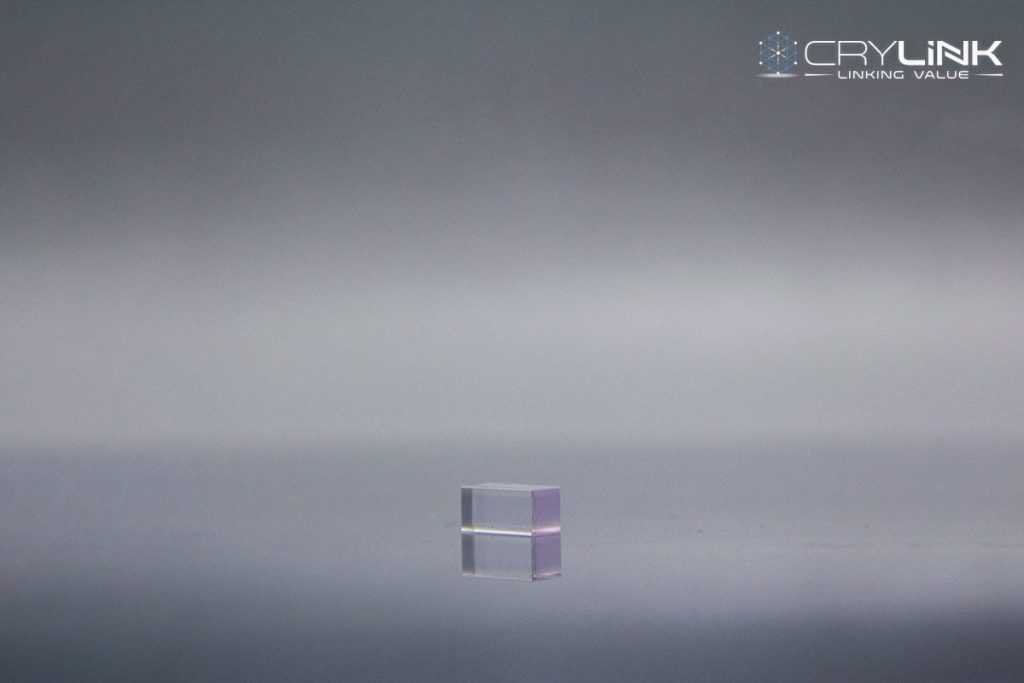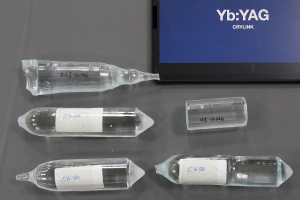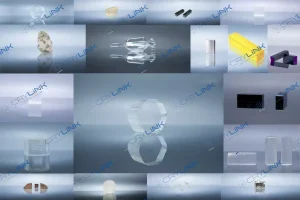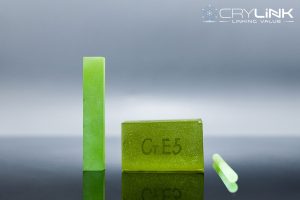Tm: YAG laser of 2μm has good prospects for application in LIDAR, laser ranging, and laser medicine. Compared with other lasers, the most significant advantage of Tm laser in medical treatment is that it can effectively promote tissue coagulation and vaporization and has a good hemostatic effect.
When the laser acts, the water first absorbs most of the energy, which is heated to expand rapidly. When the temperature rises to the boiling point of water, the surface tension formed by the vaporized bubbles exceeds the maximum tension of the tissue surface. The structure will be destroyed, and the ablation is immediately ejected from the tissue surface.
Theotry
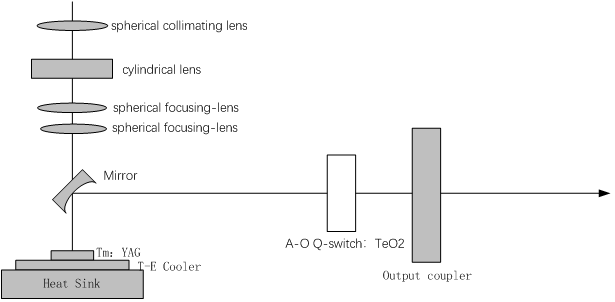
2000nm Laser (Tm:YAG)
- Laser Crystal-Tm: YAG
Particle number reversal conditions are achieved to produce a 2 μm laser. It is very effective when ablation is performed on the tissue surface and the coagulation in air or water is not too deep. This makes the Tm laser very useful in basic laser surgery. - L1, L2, L3, L4 lenses
CL1 – spherical collimator, L2 – a Cylindrical lens, L3, L4 – spherical focusing lens. - AO-Q: TeO2
In Q-switching operation, the repetition rate is related to the maximum output energy, which can be attributed to the shortening of the energy storage time at high temperatures. For high temperatures, the fluorescence lifetime of Tm3 + will be shortened due to the strong interaction between Tm3 + ions. - Output coupler
The output coupler has a reflectivity of 3% for a 2.0 μm laser - Concave Mirror
The concave mirror is designed to have high transmittance at 785 nm and high reflectance at 2.0 μm.
Feature
Application
Feature
- High absorption coefficient
- Low loss transmission in low hydroxide ion doped fibers
- Human eye safe laser band 2μm
- High energy storage
- Small size and light weight
Application
- Treatment of prostatic hyperplasia
The Tm laser causes less thermal damage to the tissue and is safer to operate. the Tm laser has better cutting, vaporizing and hemostatic effects. These features make it an ideal choice for prostate surgery. - Treatment of bladder tumors
The main methods of laser treatment for bladder cancer are bladder tumor vaporization and bladder tumor resection. Bladder tumor vaporization is particularly useful in elderly patients with low-grade non-muscle-invasive bladder tumors. This method achieves a certain level of efficacy, has a low complication rate, and does not require general anesthesia, making it suitable for outpatients. - Applications for urolithiasis
The mechanism of Tm laser lithotripsy is the photothermal effect. The mechanism of the photothermal effect is that, on the one hand, the stone absorbs energy directly and heats the stone to make it crush; on the other hand, the water in the stone is heated rapidly, causing the steam to flow rapidly and destroy the stone.

